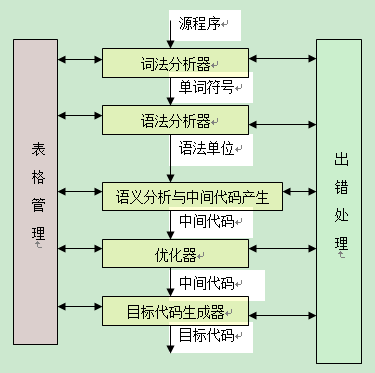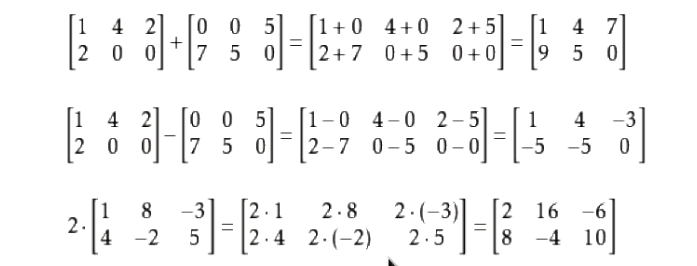I'm trying to do something seemingly simple: when the user clicks on a data point or select multiple points with lasso selection, I want to draw these points in a different colour. In order to do that, I look at what points are selected, and add a col variable to the dataframe, and I tell the ggplot to colour the points according to that column.
It does work for the first selection. But whenever there are already selected points, selecting the next set of points doesn't work. I've added debug statements to see what data is returned from plotly, and it seems like it returns different pointNumber and curveNumber after the initial selection. I couldn't find any documentation about how these variables work and I'm not sure how to fix this issue.
Here's a GIF showing the issue
And here's code to reproduce:
library(plotly)
library(shiny)
ui <- fluidPage(
plotlyOutput("plot")
)
server <- function(input, output, session) {
output$plot <- renderPlotly({
click_data <- event_data("plotly_click", source = "select")
select_data <- event_data("plotly_selected", source = "select")
data <- mtcars
data$col <- "black"
if (!is.null(select_data)) {
cat(str(select_data))
idx <- select_data$pointNumber + 1
data[idx, "col"] <- "blue"
}
if (!is.null(click_data)) {
cat(str(click_data))
idx <- click_data$pointNumber + 1
data[idx, "col"] <- "red"
}
p <- ggplot(data, aes(mpg, wt, col = I(col))) + geom_point()
ggplotly(p, source = "select")
})
}
shinyApp(ui, server)
I've also been told that perhaps what I need to do is create my own row identifier and pass it to the key aesthetic. I'm not sure what that means I tried defining key <- row.names(data) and then passing key=key to ggplot's aes(), but that didn't seem to change anything.





